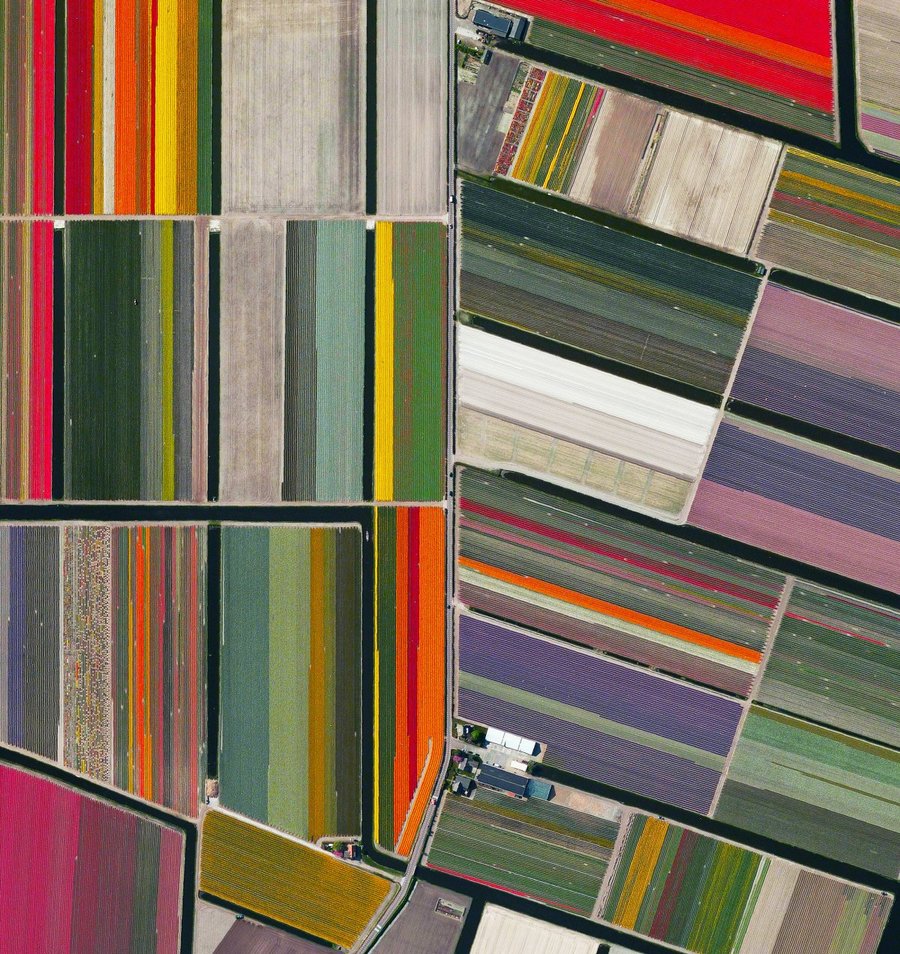Ever heard of the “Overview Effect?”
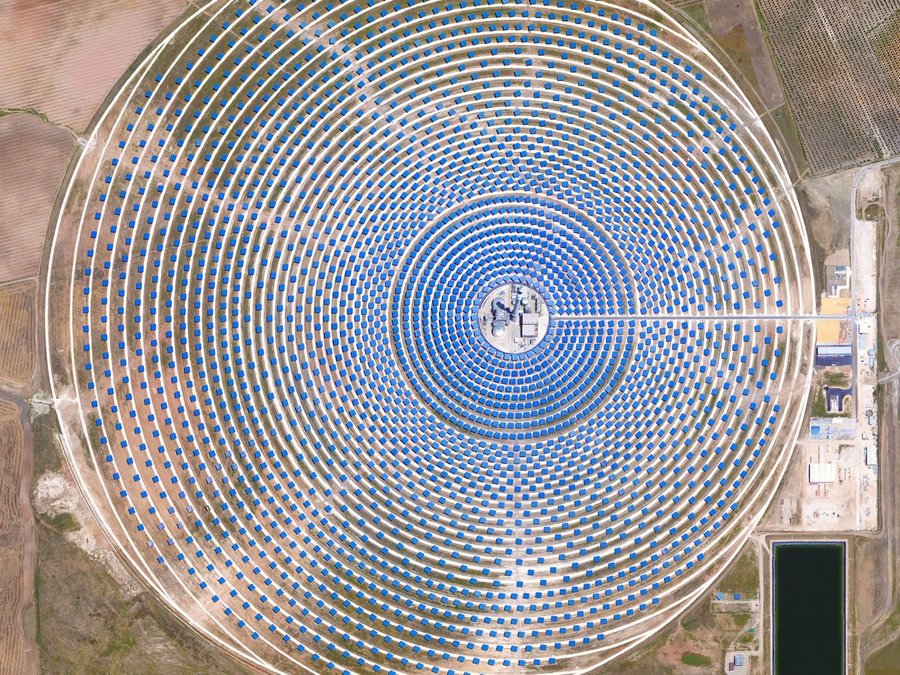
The Gemasolar Thermosolar Plant. (c) 2016 by DigitalGlobe, Inc. from Overview by Benjamin Grant, published by Amphoto Books
Essentially, it’s when astronauts, who are seeing Earth from a great distance, suddenly have a mental clarity — a new understanding on what it means to be alive, and how everything is connected.
Basically, it’s when they realize how small and insignificant we really are.
Benjamin Grant is no astronaut, but he experienced something akin to the Overview Effect when he was looking through satellite images of the world.
Grant, a consultant in New York, was trying to find satellite imagery of Earth, but instead pulled up images of Earth, Texas. “Thankfully it did that because it changed my life forever,” he said. The tiny town is surrounded by perfect circles created by pivot irrigation systems, which got Grant thinking about the Overview Effect.
“[The circles are] the result of the technology we’ve created, and our means to harness the landscape to grow crops and to get food […] I was astounded, and it led me to want to know more, and ask questions, and figure out the story behind this perfect geometry I was seeing. I think it makes sense then that I would use that visual allure as an introduction to facts and stories, and it all went from there.”
Grant is referring to his new book, “Overview,” in which he uses stunning, art-like satellite imagery to start conversations about our impact on the planet.
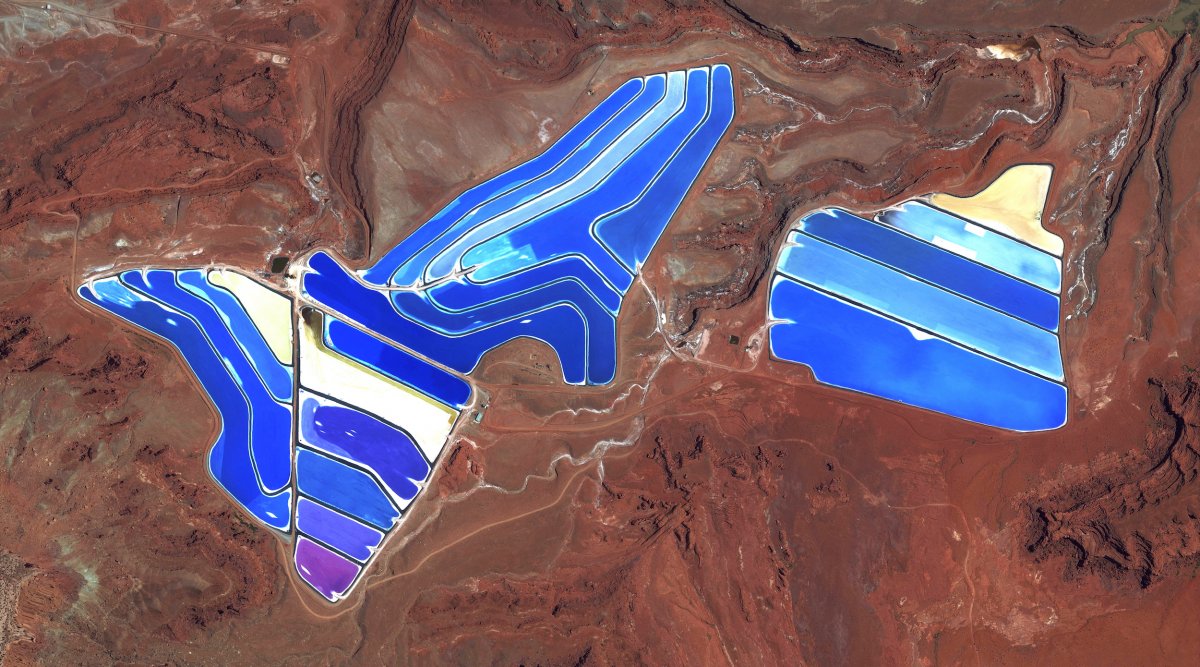
Moab Potash Evaporation Ponds, Moab, Utah. (c) 2016 by DigitalGlobe, Inc. from Overview by Benjamin Grant, published by Amphoto Books
He then receives those images in pieces, and uses Photoshop to create a composite. “Once that’s done I can treat it like a photograph, and kind of orient it, zoom, or compose it as I see fit,” he said.
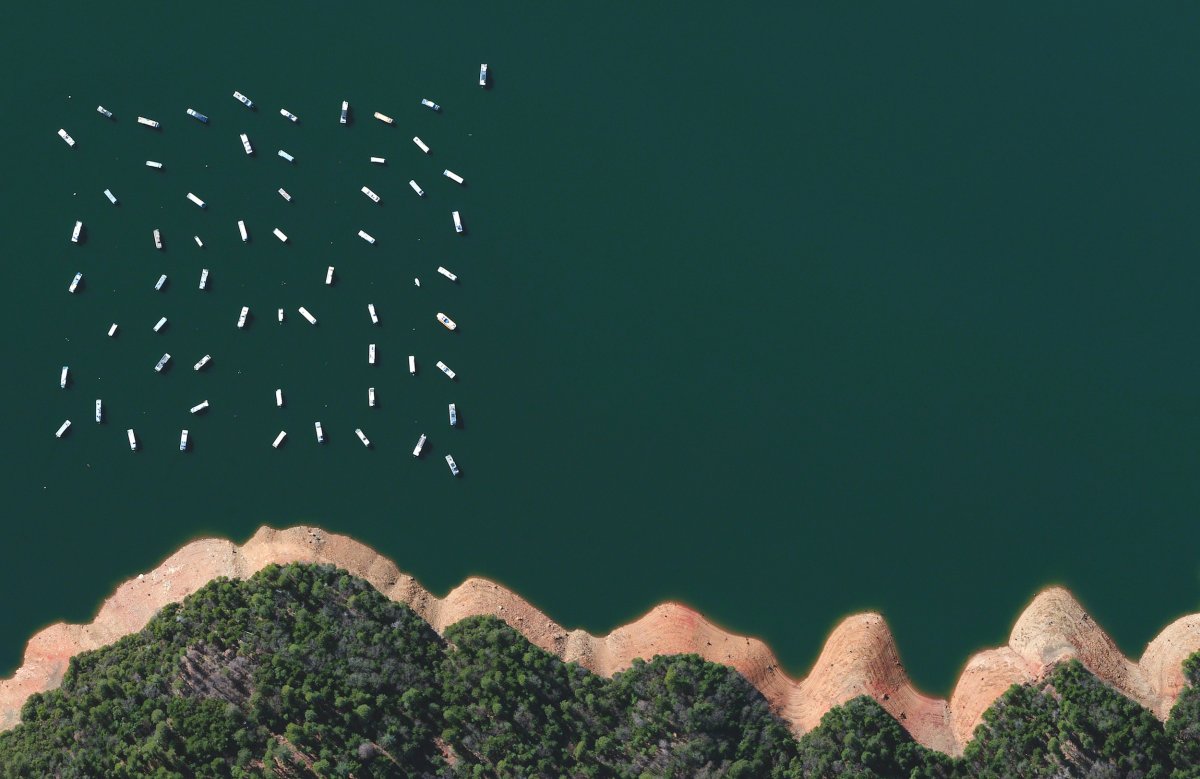
Lake Oroville Houseboats, Lake Oroville, California. (c) 2016 by DigitalGlobe, Inc. from Overview by Benjamin Grant, published by Amphoto Books
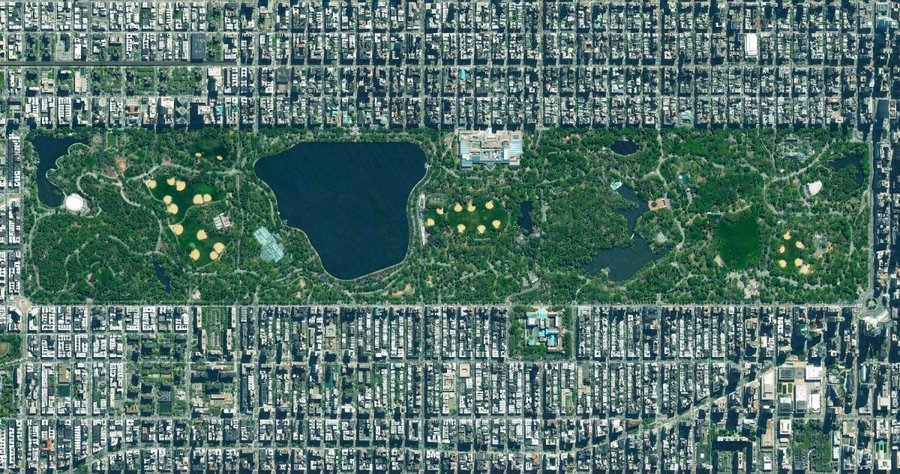
Central Park, New York City, New York. (c) 2016 by DigitalGlobe, Inc. from Overview by Benjamin Grant, published by Amphoto Books
“What’s really fascinating about this perspective, and from a photography angle, is that there is no ‘correct’ top and bottom to the images. If you’re shooting out of a helicopter you have the horizon, the sky, the ground, and it’s pretty obvious how the picture should look. But with satellite photography, since it’s kind of top-down and two dimensional, I can rotate it 360 degrees any which way, and it still looks accurate.”
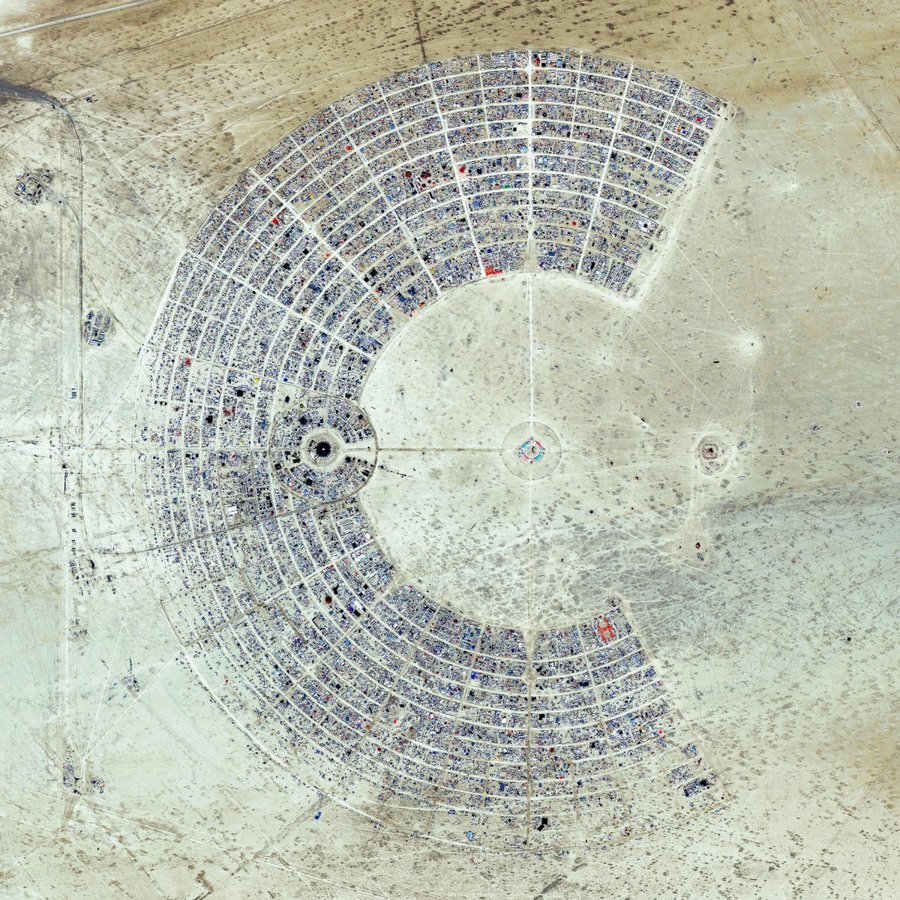
Burning Man, Black Rock Desert, Nevada. (c) 2016 by DigitalGlobe, Inc. from Overview by Benjamin Grant, published by Amphoto Books
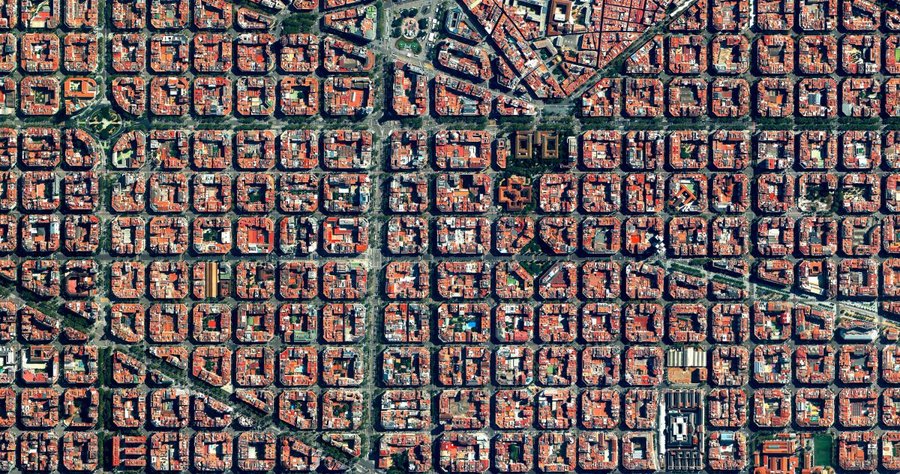
Eixample, Barcelona, Spain. (c) 2016 by DigitalGlobe, Inc. from Overview by Benjamin Grant, published by Amphoto Books
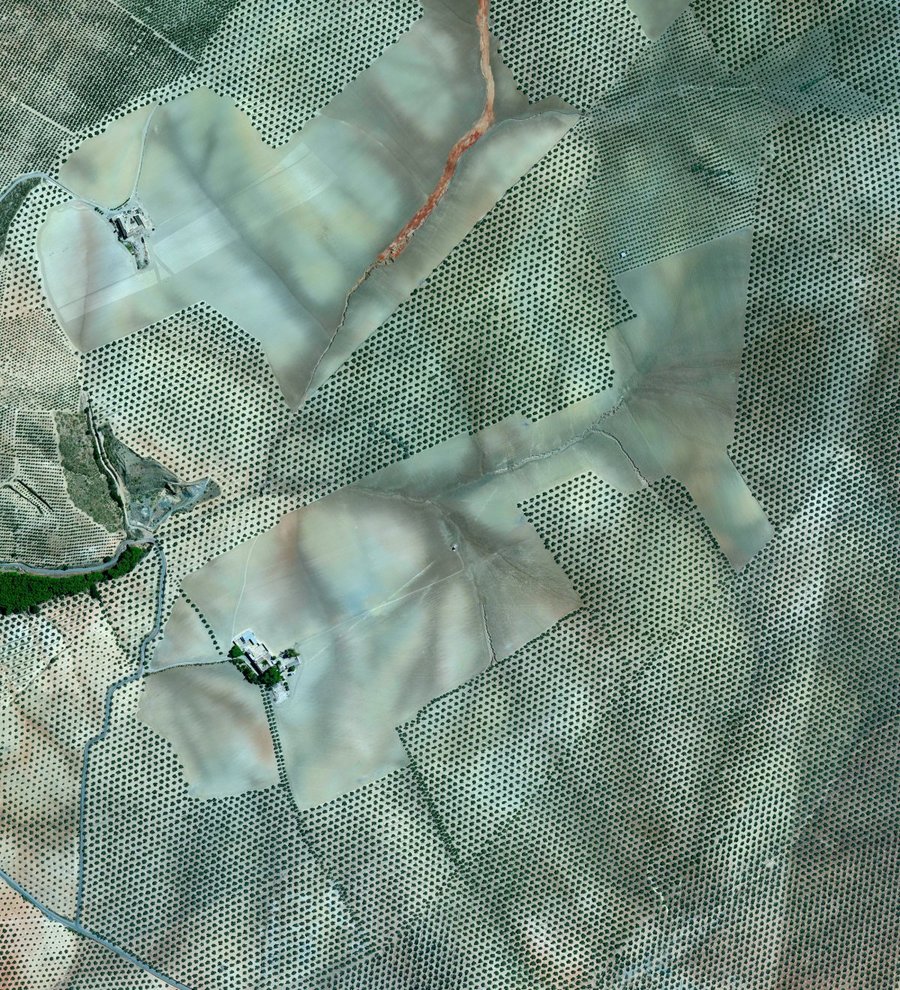
Olive fields. (c) 2016 by DigitalGlobe, Inc. from Overview by Benjamin Grant, published by Amphoto Books
This notion guides him in his image search. For example, when he wanted to show something related to energy, he asked himself where to find the largest solar panel facilities.
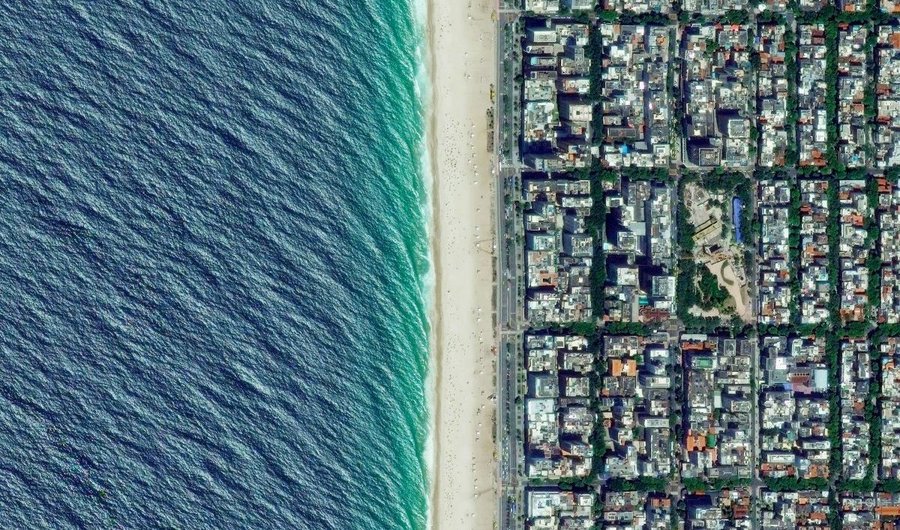
Ipanema Beach, Rio de Janeiro, Brazil. (c) 2016 by DigitalGlobe, Inc. from Overview by Benjamin Grant, published by Amphoto Books
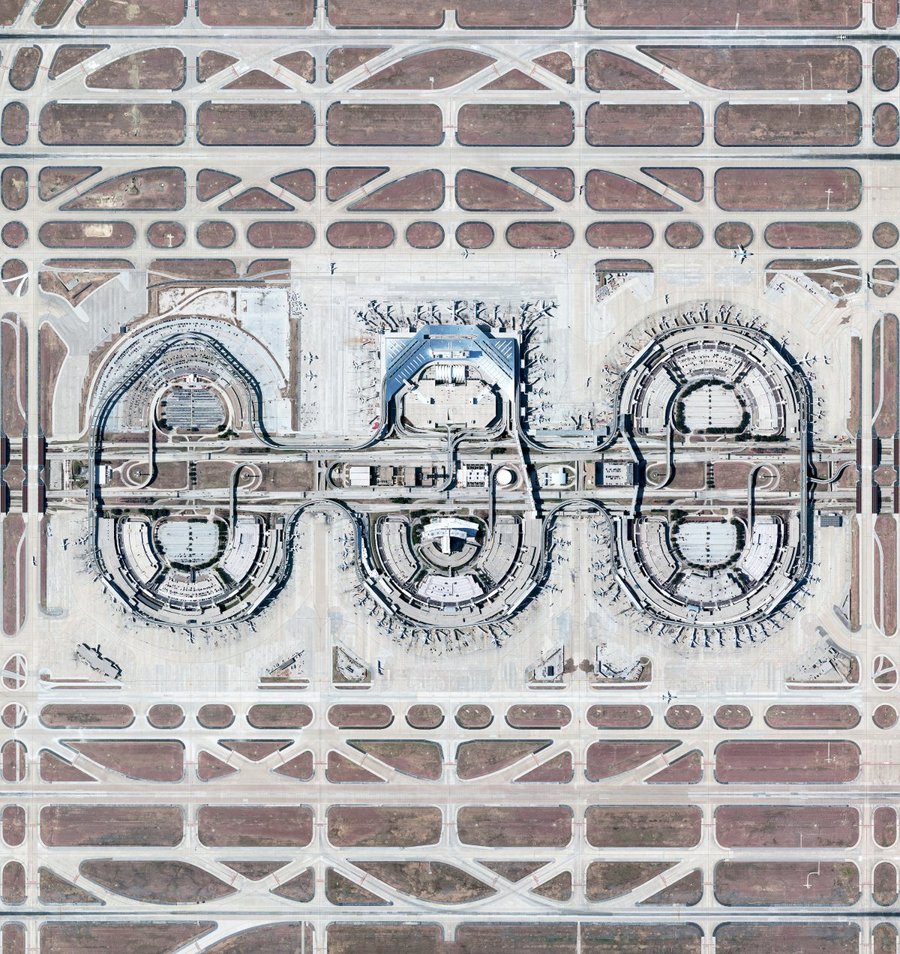
Dallas Fort Worth International Airport, Dallas, Texas. (c) 2016 by DigitalGlobe, Inc. from Overview by Benjamin Grant, published by Amphoto Books
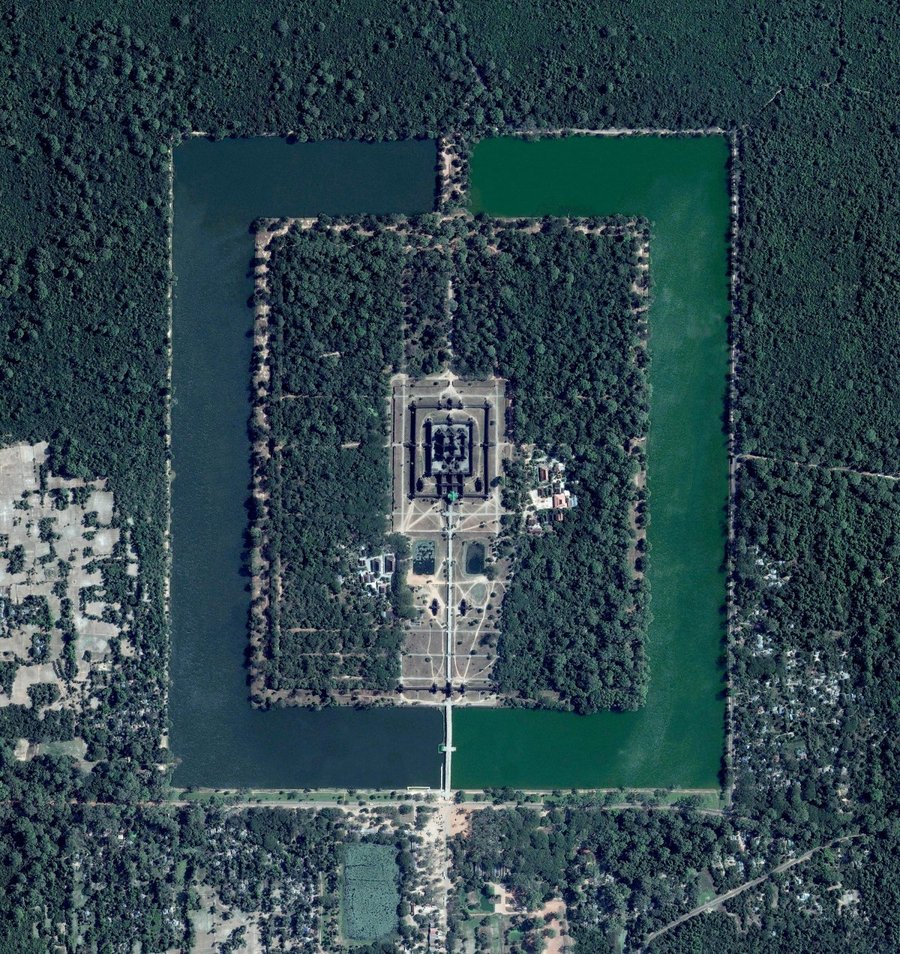
Angkor Wat, Cambodia. (c) 2016 by DigitalGlobe, Inc. from Overview by Benjamin Grant, published by Amphoto Books
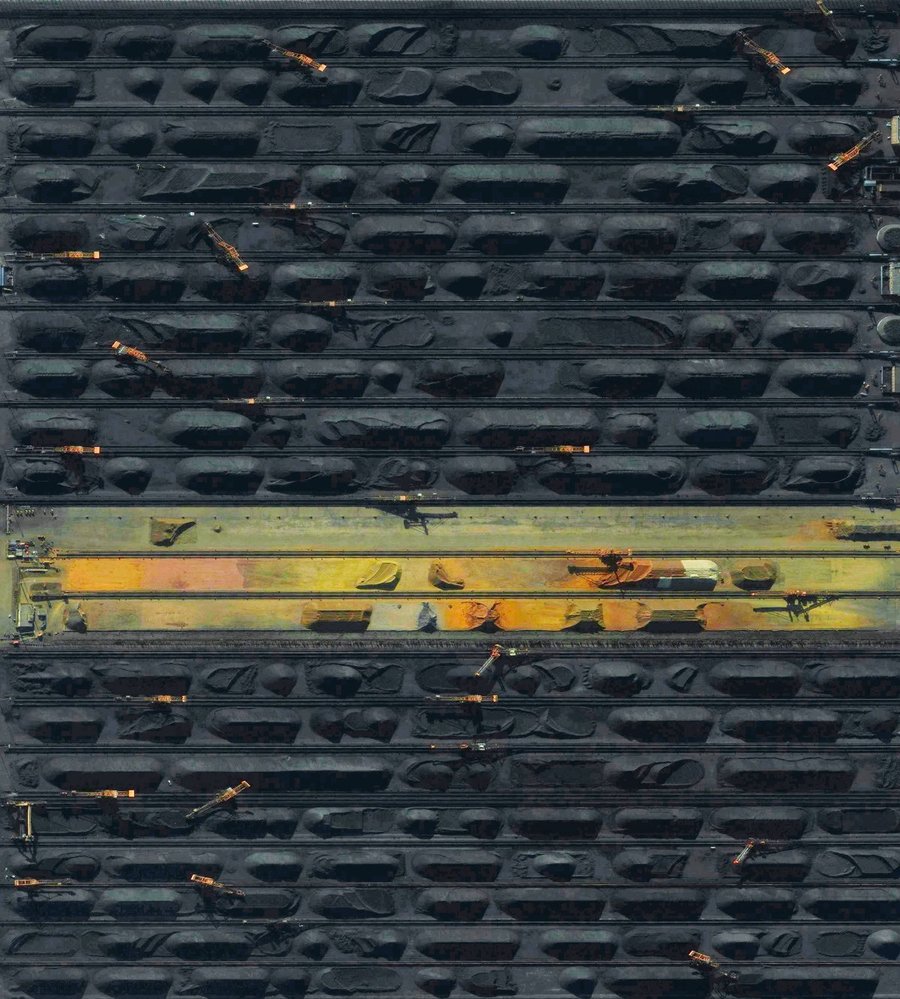
Qinhuangdao Coal Terminal, Hebei, China. (c) 2016 by DigitalGlobe, Inc. from Overview by Benjamin Grant, published by Amphoto Books
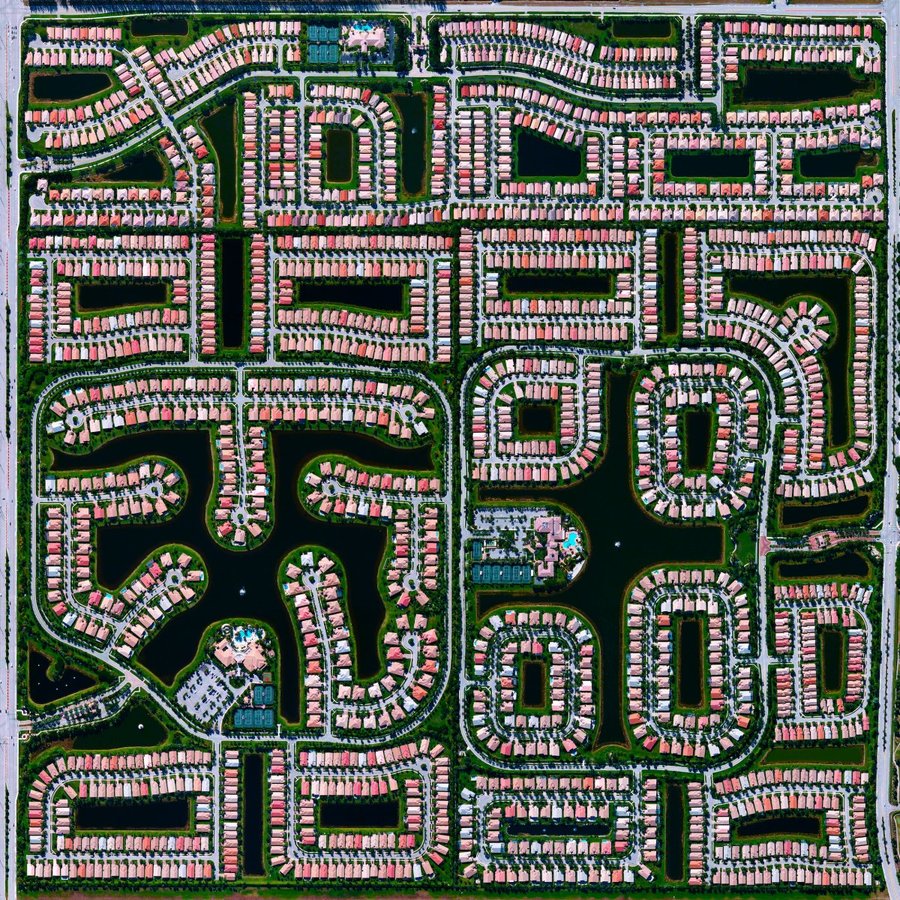
Delray Beach, Florida. (c) 2016 by DigitalGlobe, Inc. from Overview by Benjamin Grant, published by Amphoto Books
By “the right way” Grant means effective solutions for energy production, and cities that work well and have efficient layouts, for example.
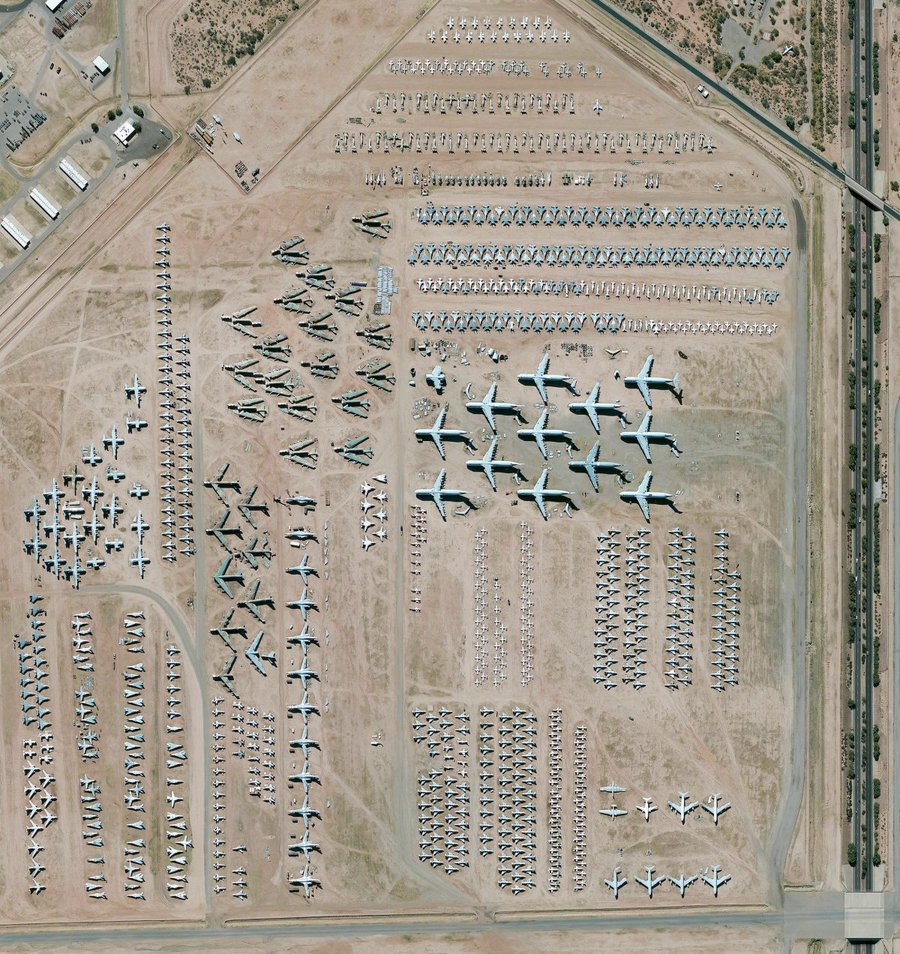
Davis Monthan Air Force Base Aircraft Boneyard, Tucson, Arizona. (c) 2016 by DigitalGlobe, Inc. from Overview by Benjamin Grant, published by Amphoto Books
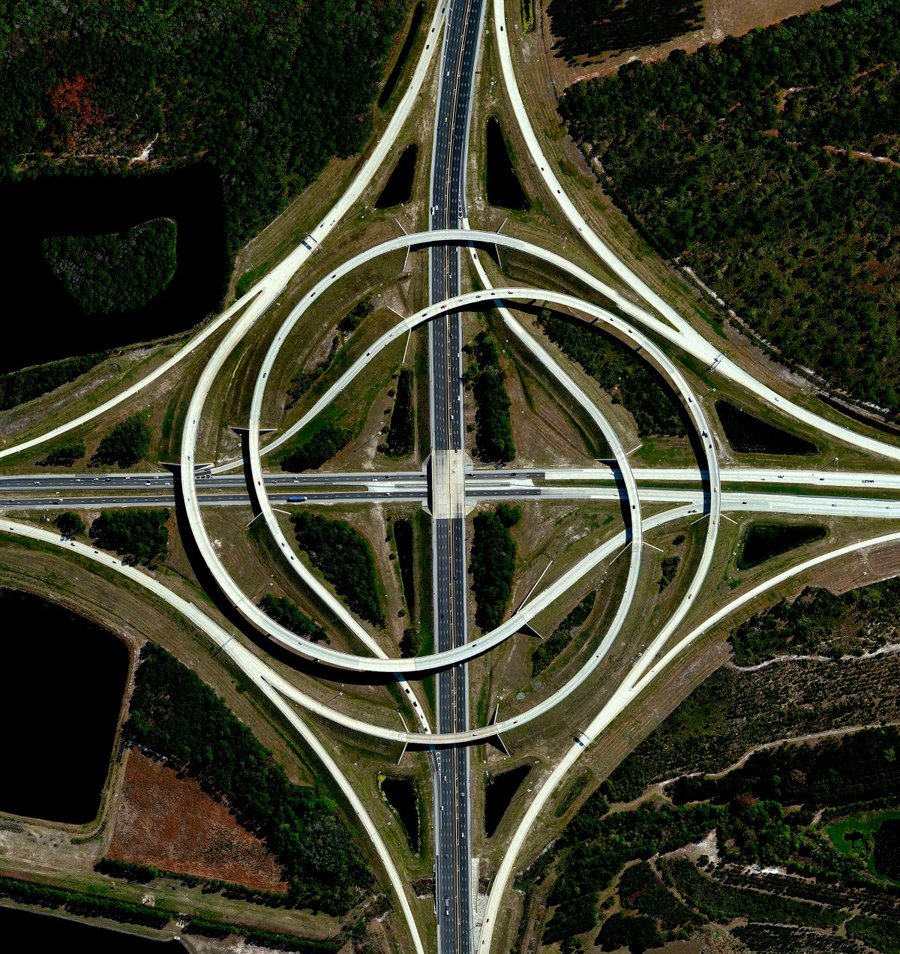
Jacksonville, Florida. (c) 2016 by DigitalGlobe, Inc. from Overview by Benjamin Grant, published by Amphoto Books
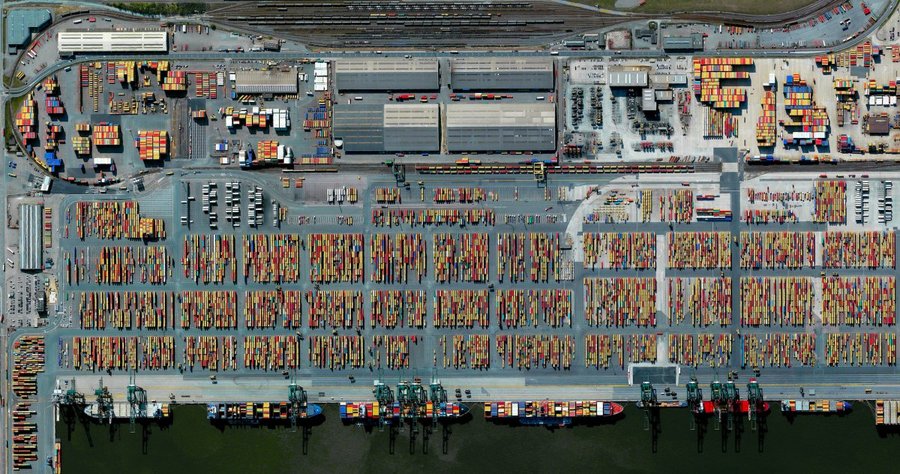
Port of Antwerp, Antwerp, Belgium. (c) 2016 by DigitalGlobe, Inc. from Overview by Benjamin Grant, published by Amphoto Books
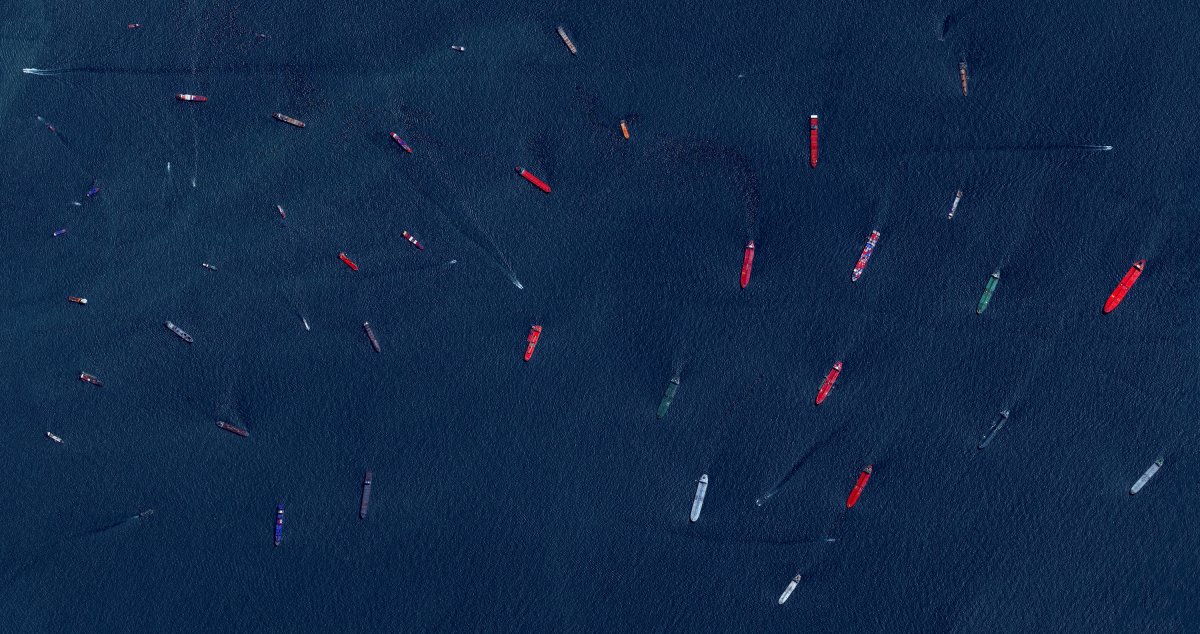
Port of Singapore, Singapore. (c) 2016 by DigitalGlobe, Inc. from Overview by Benjamin Grant, published by Amphoto Books
See also: 27 Images That Prove That We Are In Serious Danger. I’m Speechless
Originally taken from Business Insider, INSIDER

